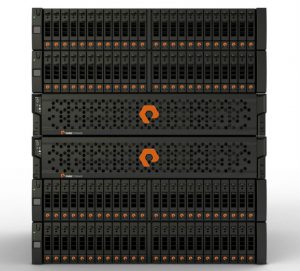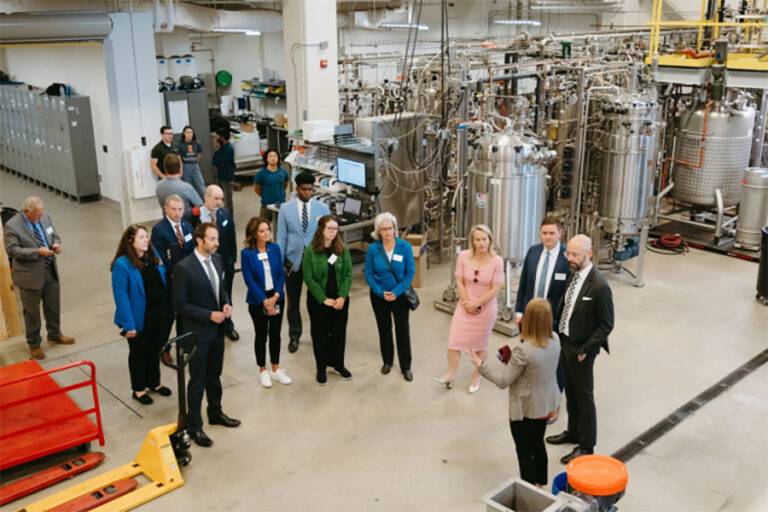
What’s driving demand for Flash storage?
Disk spindles spin no faster now than they did 30 years ago. The only thing that changed was drive density. There was a bottleneck in the data center and, six years ago, Pure Storage came to market and built the Flash category. Some applications needed greater performance and Flash was able to provide it. It’s evolution.
“We want people to have technology that can grow over time.”
James Petter, VP EMEA, Pure Storage
 How big a market is it?
How big a market is it?
The storage market is between $60 and $80 billion. Around $1.5 billion is Flash-based, but by 2018, it will beat least 50% of the total. Once you move away from old technology, you don’t go back. It’s like the recording industry. We may enjoy vinyl, but streaming is how the next generation expects music to be delivered.
What advantages does Flash offer?
Firstly, speed, the way you manage applications, the response rates that you can get. Secondly, density of the capacity. You can put much more information onto an array than on a traditional disk-based system. Thirdly, manageability. We take machine data and correlate, aggregate and analyze it to do proactive customer support![]()









